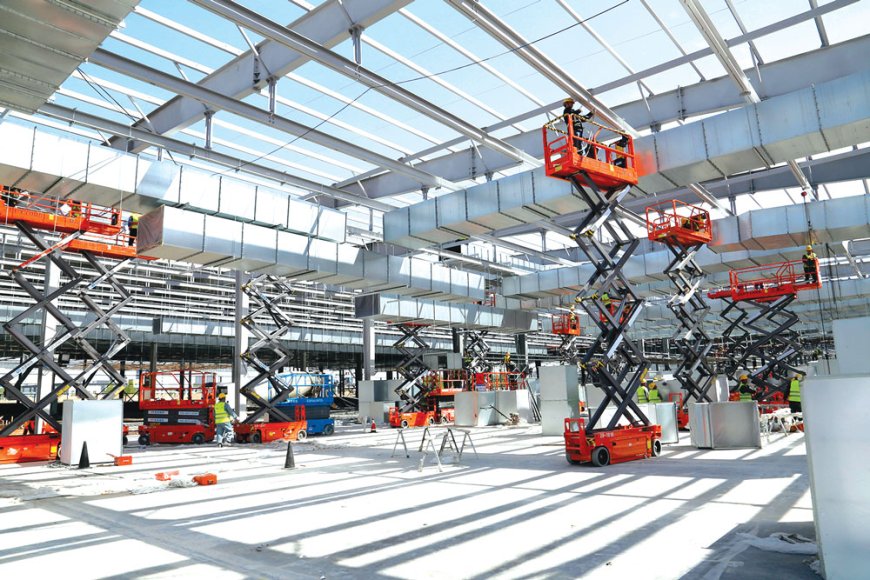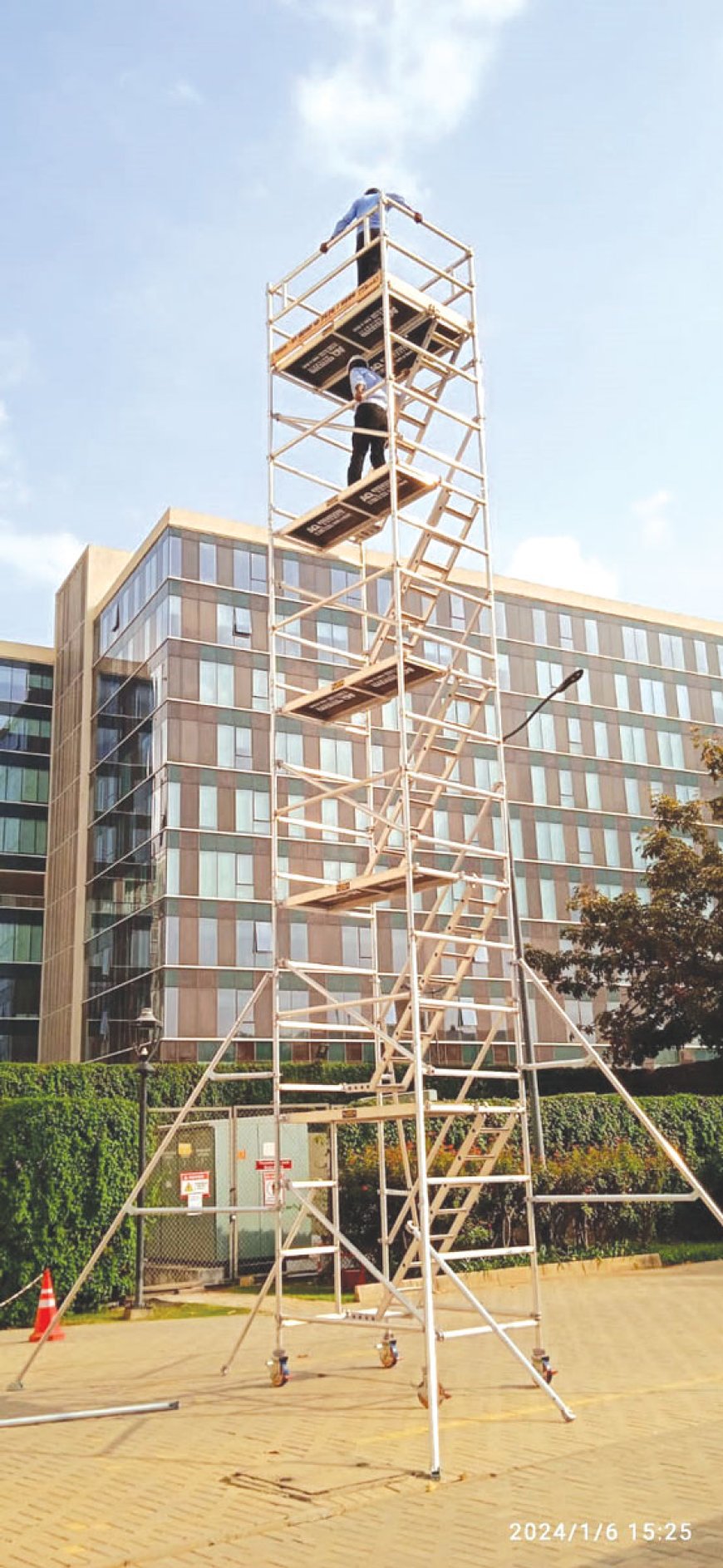We continuously evaluate and adapt to regulatory changes to mitigate risks and optimise operational efficiency.

Rakesh Modi, Chairperson, Mtandt Group
As India strives to emerge as a global leader in construction equipment manufacturing, what are your perspectives on the challenges and bottlenecks within the sector?
The Indian construction equipment manufacturing sector holds immense potential to be a global leader. However, it faces various challenges and bottlenecks within the sector. These include disruption of supply chains, infrastructural gaps, regulatory complexities, skill gaps and the need for technological advancements. Infrastructural deficiencies can hamper the efficient movement of goods and services, hindering industry growth. Regulatory frameworks must be streamlined to encourage investment and innovation while ensuring compliance with international standards. Additionally, fostering collaboration between industry stakeholders and academia is vital for nurturing talent and fostering innovation. By addressing these challenges collectively, India can position itself as a formidable force in the global construction equipment manufacturing landscape.
How has the shortage of skilled labour impacted the construction equipment industry? What initiatives has your company taken to address the skills gap among your workforce?
The shortage of skilled labour has indeed impacted the construction equipment industry, posing challenges to productivity and efficiency. At Mtandt Group, we recognize the importance of addressing this skills gap proactively. We’ve tackled this through a multi-pronged approach. We have established a state-of-the-art CESL Training to equip the workforce with the latest technical skills. We have implemented comprehensive workforce development initiatives, including training programs, apprenticeships, and collaborations with vocational institutions. By investing in the development of the workforce, we aim to equip them with the necessary skills and knowledge to meet industry demands and drive innovation.

How do you look at standardized certification process for construction equipment operators benefitting the industry?
A standardised certification process for construction equipment operators holds significant benefits for the industry. It ensures that operators possess the requisite skills and competencies to operate machinery safely and efficiently. This enhances productivity, reduces accidents, and instils confidence among stakeholders. This, in turn, would benefit both manufacturers and construction companies.
What are your views on unhealthy competition affecting the growth and sustainability of the construction equipment manufacturing sector? Are there specific suggestions or practices that you believe can contribute to fair competition within the industry?
Mtandt advocates for competition based on innovation, quality, and customer service. We believe in collaborating with industry players to establish ethical business practices that benefit the entire ecosystem.
How do you perceive the current tax structure affecting your manufacturing costs and overall business operations? Have regulatory inconsistencies posed challenges in terms of compliance and strategic planning?
The current tax structure can indeed impact manufacturing costs and overall business operations. Regulatory inconsistencies pose challenges in terms of compliance and strategic planning. At Mtandt Group, we continuously evaluate and adapt to regulatory changes to mitigate risks and optimise operational efficiency. Streamlining tax structures and addressing regulatory inconsistencies are essential for fostering a conducive business environment and promoting industry growth.

What challenges do you face in the movement of equipment across state borders within the country, and how does it impact your logistical operations? Are there specific regulatory or procedural hirdles in the registration of construction equipment across different states?
At Mtandt Group, we have diligently ensured that our documentation is in order, resulting in minimal challenges in the movement of equipment across state borders. Our proactive approach to compliance and meticulous attention to regulatory requirements have enabled us to streamline logistical operations effectively. By maintaining comprehensive documentation and adhering to regulatory protocols, we ensure smooth and efficient movement of equipment across different states, thereby optimizing our logistical operations.
As the industry moves towards electric construction equipment, what are the challenges the industry faces in terms of lack of standardized norms and guidelines?
As the industry transitions towards electric construction equipment, challenges such as the lack of standardized norms and guidelines need to be addressed. At Mtandt Group, we recognize the importance of establishing clear standards and guidelines to facilitate the adoption of electric construction equipment. Collaboration between industry stakeholders, policymakers, and regulatory bodies is crucial for addressing these challenges and promoting the adoption of sustainable technologies.


















